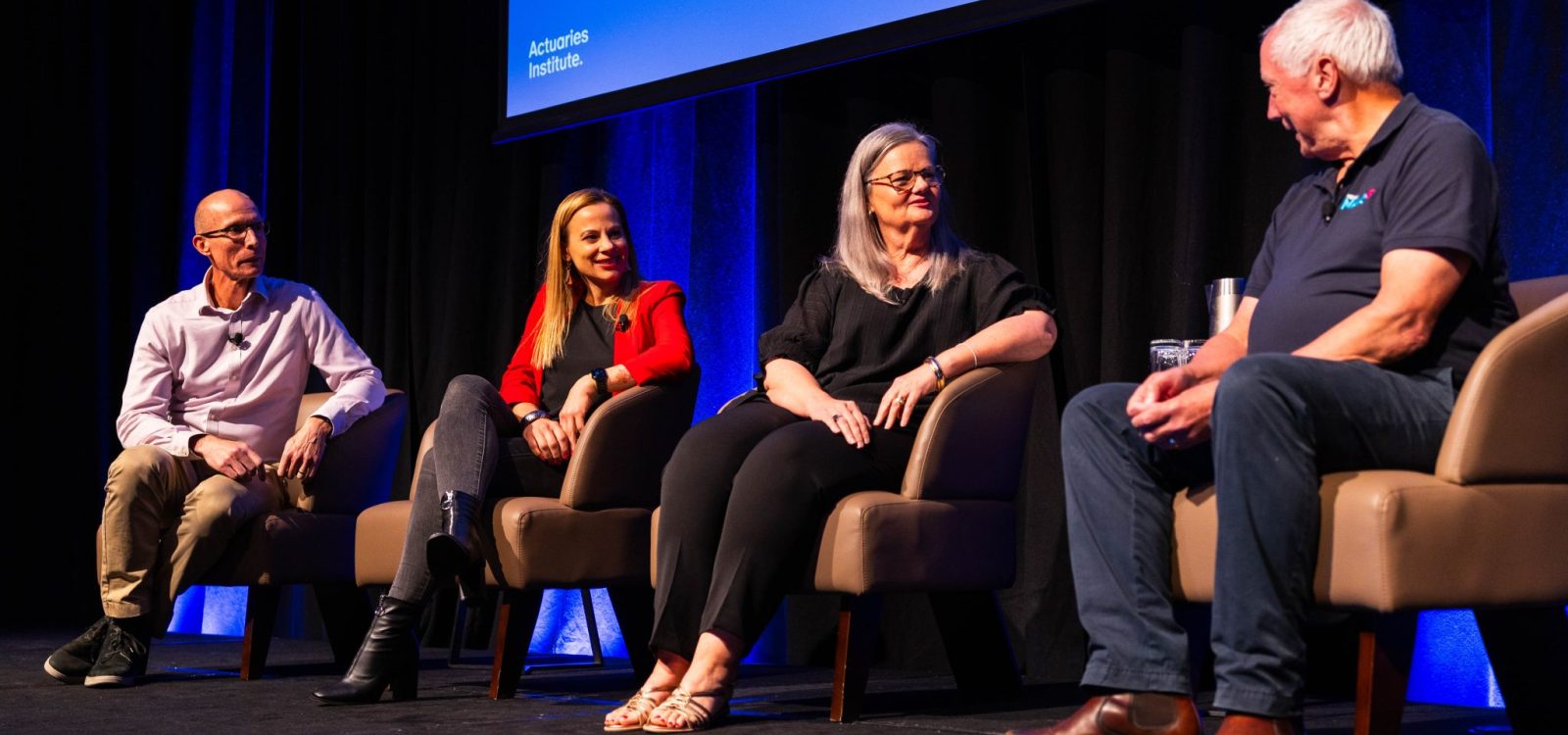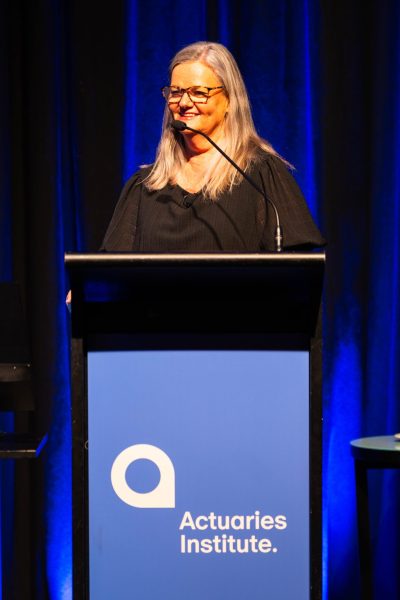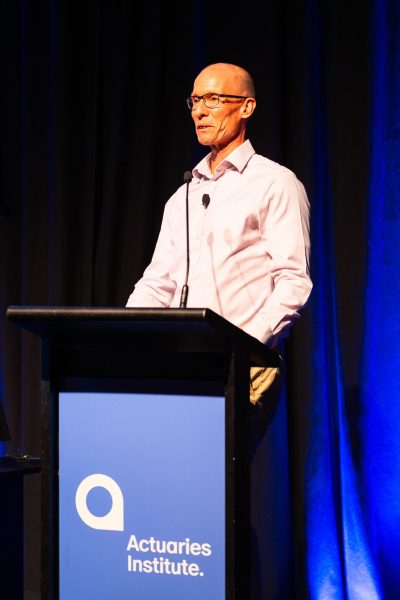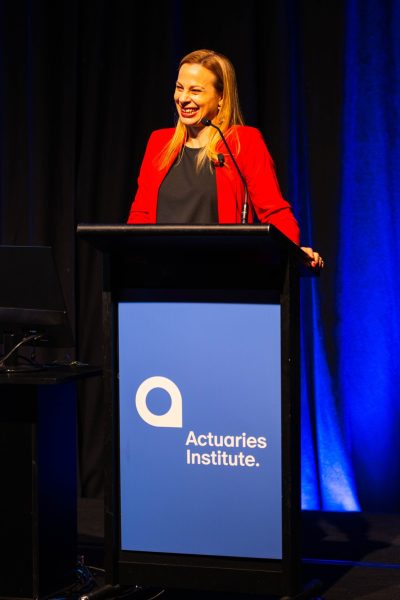
Envisioning Tomorrow: How Emerging Technologies and Social Challenges are Reshaping Injury and Disability Schemes
What will injury and disability schemes look like in the future?
Will flying cars require a change in the definition of ‘road’? Will claimants have personalised monitoring and a sensor that tracks their injury progress? Will AI chatbots enhance communication between claimants and case managers?
Or…
…will a wave of mental illness lead to injury schemes costing far more than society is willing to pay? Will pre-existing conditions become compensable by default, leading to gold-standard treatment for those who happen to be injured at work or on the road, and rationed public health care for everyone else?
In the plenary session, A Scheme for the Future, the eminently qualified Kim Birch (CEO, SA CTP Regulator), Professor Alex Collie (Professor and ARC Future Fellow, Monash University) and Professor Kirsten Vallmuur (Professor and Chair of Trauma Surveillance and Data Analytics, QUT and Jamieson Trauma Institute) provided a thoughtful discussion on the past, present, and future of our injury and disability schemes and the environment and society that they operate in.

Where we’ve come from
Kim Birch provided an overview of injury and disability schemes over the past 40 years, noting big advances in how we treat trauma and respond to emergencies, with the first helicopter retrieval service starting in the 1980s.
She also observed that our attitude to those injured on the roads (as well as those in workplaces) has changed – our schemes are less adversarial and more willing to treat injured people as our customers rather than as claim costs. We have even started to involve injured people in designing the schemes that exist to look after them. These are undeniably positive and no doubt these shifts will influence our schemes into the future.
Kim also noted what has not changed, which is the ever-present tension between premium affordability and the support and benefits provided.

Society today
Professor Alex Collie provided an insightful perspective on major challenges facing our schemes – mental health and chronic illness more broadly.
Alex noted that the majority of the workforce has at least some form of chronic illness (and the incidence is even higher outside the workforce). For mental illness specifically, the lifetime prevalence of a mental disorder is over 40% of the population, and the prevalence over a 12-month period (the proportion of the population who will suffer some form of mental illness episode within the next year) is over 20%. These rates are growing, and we observe growing incidence rates for other types of chronic illness.
Earlier sessions in the conference[1] noted that, even if a pre-existing medical condition is not technically compensable, it still leads to a claimant’s primary (compensable) injury taking longer to resolve, and the pre-existing medical conditions will often need treatment that is wrapped up in treating the primary injury. Similarly, pre-existing mental illness can lead to substantially more time off work from a physical injury.
These are society-wide problems. If we want our schemes to treat the whole person, we need to ensure that society is appropriately supporting our schemes with ‘whole society’ approaches to managing mental health and chronic disease.

Where we are heading
Professor Kirsten Vallmuur provided an overview of the future of trauma care in the context of road accidents.
Kirsten painted a picture of vehicles and smartwatches automatically detecting an accident and notifying emergency services, updating the ambulance team on a patient’s potential injuries and heart rate while they are en route. Of drones that can fly to accidents to survey the scene, of integrated information systems that can transfer body-cam vision from emergency services directly to trauma hospitals, and of augmented reality and robotic remote surgery.
As Kirsten noted, all of this technology already exists and is currently being used to varying degrees. The more widespread this becomes, the more quickly and efficiently we will be able to respond to and treat trauma patients, no matter where they are located within Australia.
The key takeaways
In general, we manage trauma very well and will continue to do so.
What we struggle with are the slow burn issues Professor Alex Collie identified – mental illness and chronic illness – that pre-exist workplace or road injuries. If our working population is already unwell before they are injured, the chance of a healthy return to work is greatly reduced.
As a society, we have managed to dramatically reduce the incidence of fatalities on our roads over the past 40 years. This was due to both technological development, such as seatbelts and random breath testing equipment, and changing societal behaviours. Similarly, the incidence of smoking has significantly reduced thanks to long-running, society-wide health campaigns.
For our injury schemes to survive well into the future, we need to use a similar approach for mental health and chronic illness.
To reduce the incidence and severity of mental health and chronic illness at a population level, not just at an injury scheme level, we need to prioritise this issue. There are public health programs already in place, but the question we need to ask is “can we do more?”.
If we are going to manage the tension between premium affordability and support and benefits while also treating the whole person, we need to ensure our whole society is working towards the same goal.
References
[1] Nicole Markovic, Segmenting mental health claims – the case for and against based on practical experience at scale. Richard Brookes and Ash Evans, Mental health and worker vulnerability – learnings from the ACC
CPD: Actuaries Institute Members can claim two CPD points for every hour of reading articles on Actuaries Digital.






